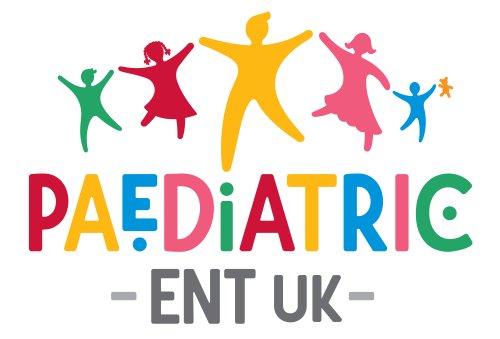How is the operation performed?
Tonsillectomy (and adenoidectomy) is a safe procedure that is performed as a day case. The recovery and risks depend on the technique used.
The operation either involves cutting out the entire tonsil (extracapsular tonsillectomy) or removing the majority of the tonsil with a small remnant left behind (intracapsular tonsillectomy).
The risks of tonsillectomy include:
- Bleeding (can occur at any time for 2 weeks following surgery. A small proportion of children may need to return to the operating theatre to stop bleeding).
- Infection
- Pain
- Damage to the teeth, gums lips and jaw
- Change in taste sensation/ numbness tongue and lips (usually temporary)
- Adenoidectomy can also change your child’s voice and swallow (usually temporary).
The risks vary depending on the technique used (see below what technique is right for my child).
Is tonsillectomy safe?
All operations carry small risks but tonsillectomy in children in recent times has evolved into a very safe procedure. The risks to your child are dependent on the technique used.
What is coblation intracapsular tonsillectomy?
Intracapsular tonsillectomy (also known as tonsillotomy) is a newer technique that entails removing the majority (95% or more) of the tonsil. The tonsil is like an orange and has a peel surrounding it called a capsule. Intracapsular tonsillectomy seeks to remove the tonsil tissue whilst preserving the capsule. The capsule shields the oral muscles and larger blood vessels.
By preserving the capsule there is a significantly reduced risk of pain and bleeding for your child. As a small part of the tonsil is left behind , children may have further tonsil issues in the future and a small proportion may require a second operation. The risk of needing a second operation is higher in children aged less than 3.
What technique is right for my child?
If your child requires a tonsillectomy I aim to work as a team with the parents in deciding what is right for their child. I have performed a high volume of both extracapsular and intracapsular tonsillectomy.
I perform Coblation intracapsular tonsillectomy on the majority of younger children as I feel in my hands it is safe and effective.
The table below compares both techniques.
| Extracapsular tonsillectomy | Intracapsular tonsillectomy | |
| Risk of bleeding | 3% | 0.5% |
| Risk of return to theatre to stop bleeding | 1% | Less than 1% |
| Pain after the operation? | Painful for the first 7-10 days and up to 2 weeks | Minimal pain with children often recovering within 1 week. |
| What pain killers are required after the operation? | Calpol/neurofen for 2 weeks. Local anaesthetic spray (Difflam) Occasionally stronger analgesia like morphine are required. | Calpol/neurofen as required for 1 week. |
| When can my child return to school? | 2 weeks | Within 1 week if well |
| Risk of repeat surgery being required? | Very rare | 3-5% (this risk is higher in children aged less than 3) |


